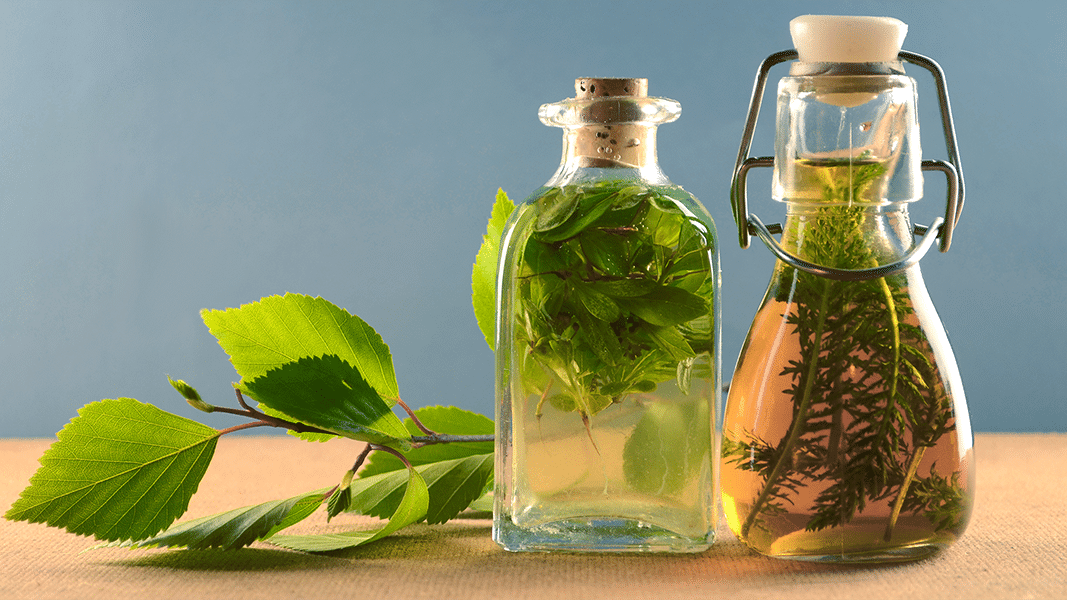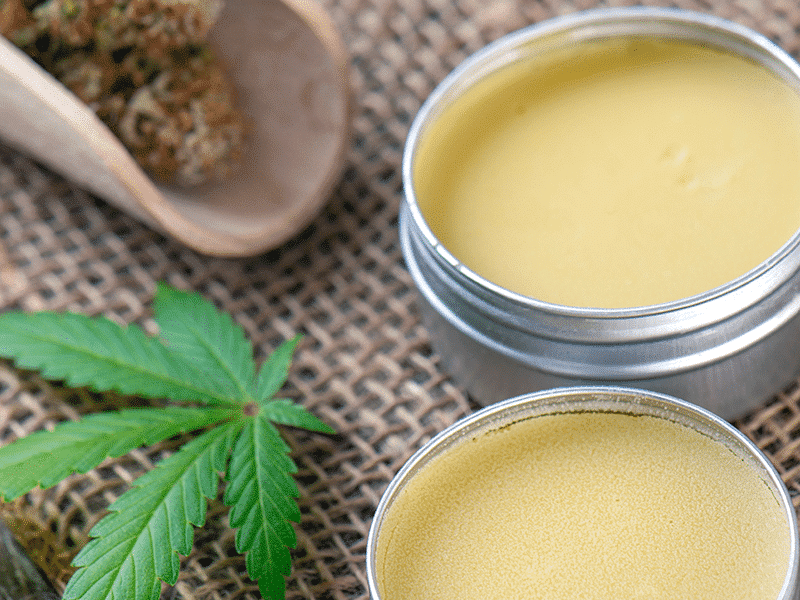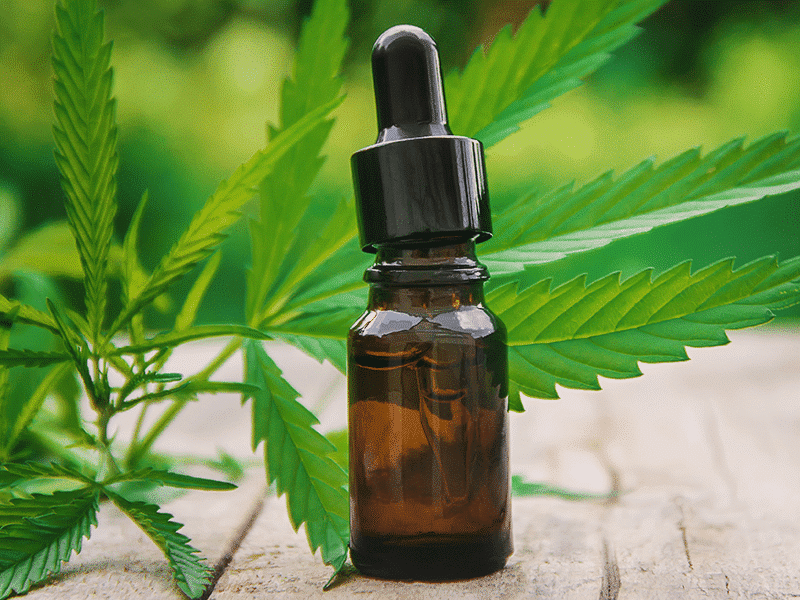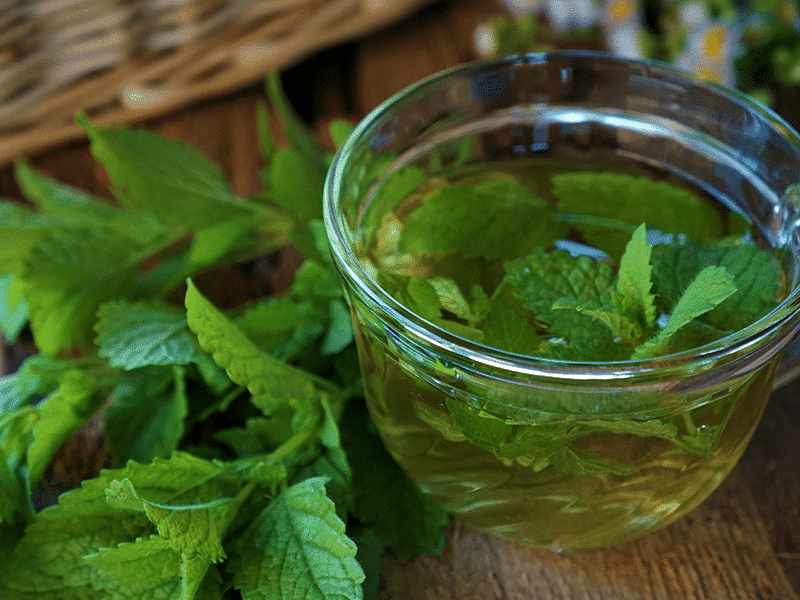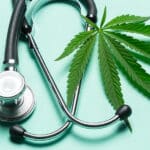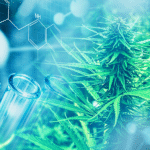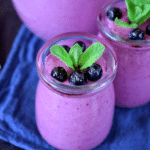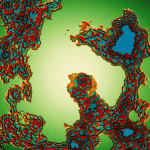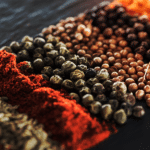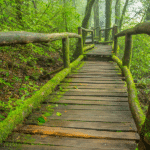A friend once gave me a copy of Where There Is No Doctor: A Village Healthcare Handbook, by David Lerner, a gift before I embarked on an extended stay in an Indonesian village. Translated into more than 80 languages, the book is considered by the World Health Organization (WHO) as the most widely used healthcare manual in the world, a compendium of practical, hands-on information, with pen-and-ink illustrations that even illiterate people can learn from.
“Health care is not only everyone’s right, but everyone’s responsibility,” states Lerner in the introduction. “Ordinary people provided with clear, simple information can prevent and treat most common health problems in their own homes — earlier, cheaper, and often better than can doctors.”
(The book, which has a chapter on making your own medicine kit that may include traditional home remedies, is now available to download for free.)
Once in Indonesia, I showed the manual to Pak Selap, a respected village healer. He asked to borrow it and, though he couldn’t read, spent several days examining images depicting how to set a bone or dress a wound, distinguish between types of gut-bedevilling worms, or help a woman give birth to a breech baby. Word got out about the book, and before long people were showing up to thumb through its pages.
Conversations about healthcare ensued. Advice was offered, time-tested wisdom passed down through generations. How a few drops of breastmilk could treat conjunctivitis or how poultices made from crushed plants may help inhibit infections. In a village with little access to first-world amenities like modern plumbing, running water, and electricity, the local hospital was ill-equipped. The villagers half-jokingly referred to it as “The House of Walked In, Carried Out,” and avoided it whenever possible.
Instead they relied on folk remedies, traditional healers, and roving herb sellers who peddled home-brewed elixirs, like a popular preventative health tonic made with turmeric and ginger. In the villagers’ minds, herbal remedies were cheap, safe, and effective treatments for most common illnesses. Certainly, medical emergencies and serious illnesses require modern medical attention, and drugs can and do save many lives. But according to WHO, of the thousands of medicines extant across the globe, only about 400 are really necessary.
Nature’s One-Stop Home Medicine Shop
Luckily, there are viable alternatives to pharmaceutical meds. A 2019 WHO global report on “traditional and complementary medicine” deems it “an important and often underestimated health resource with many applications, especially in the prevention and management of lifestyle-related chronic diseases, and in meeting the health needs of ageing populations.”
Among the more than 28,000 known medicinal plants on the planet, cannabis is one of the most versatile. Like a one-stop shop for your healthcare needs, its diverse array of therapeutic actions can benefit almost every physiological process. Cannabis interacts with the endocannabinoid system (ECS), a type of cell-signaling mechanism with receptors found throughout the body, especially in the brain, and whose main purpose is to help maintain homeostasis, a continually adjusted state of equilibrium.
The compounds in cannabis — such as tetrahydrocannabinol (THC) and cannabidiol (CBD), as well as other cannabinoids, terpenoids, and flavonoids — combine to create a unique, synergistic action that confers potent antioxidant, anti-spasmodic, anti-cancer, anti-anxiety, and antidepressant effects, as well as neuroprotection and much more. Described by renowned scientist Raphael Mechoulam as “a medicinal treasure trove,” cannabis is an ideal choice for a do-it-yourself home medicine kit, a whole plant for the whole body.
CBD — the safe, nontoxic, and nonintoxicating plant cannabinoid found in marijuana and hemp — can be especially useful for a wide variety of health concerns, including many of those commonly treated at home. CBD’s multipurpose properties (anti-inflammatory, anti-antibiotic, analgesic, and more) make it a go-to ingredient in tinctures and topical first aid preparations.
Why Make Your Own Medicine?
Taking responsibility for our health includes focused research and investigation of various approaches to our individual healthcare needs. In keeping with the ethos of self-reliance, some of us may choose to make our own medicine, a practice that fits in with the real definition of “self-care.”
One of the pleasures of medicine-making is learning about the body and how it interacts with medicinal plants, an approach radically different than buying an over-the-counter drug, whose product insert rarely explains what it does physiologically, other than to treat symptoms. Additionally, making your own remedies allows better control over quality, potency, and customization to specific needs.
Project CBD has pulled together detailed instructions for creating a do-it-yourself Cannabis Home Medicine Kit which includes recipes for several tinctures — one for pain and inflammation, others for stress and sleep — as well as a CBD-and-Mānuka-honey antibiotic salve for skin infections; a cooling, CBD-infused anti-itch cream; and a CBD muscle and joint ointment to ease pain.
All the recipes are made with cannabis and other natural ingredients chosen for their relevant properties and are meant to work synergistically. Each recipe can be easily adapted to utilize whatever cannabis products are legal and/or available to you — whether whole dried flowers or trim, full spectrum CBD-rich oil extracts, broad-spectrum oil without THC, or medicinal concentrates that include a healthy amount of both CBD and THC (in legal states). Another option: use something close to a pure CBD isolate straight-up as an all-purpose add-in ingredient to your favorite plant-based medicines.
Flower or Extract? Hemp or Marijuana?
Project CBD recommends making medicine from whole plant, resin-rich cannabis flowers, if possible in your state or country. CBD-rich flower is generally cheaper to use than extracts, especially if you grow your own. And, given the current unregulated, wild west of a CBD market, growing your own cannabis and sharing among friends is generally more reliable than purchasing CBD products from online vendors.
Also, compared to most hemp cultivars, high-resin cannabis flower (often referred to as “marijuana”) typically displays a more complex botanical profile, which includes cannabinoids, terpenes, and other compounds that impart therapeutic benefits. Project CBD has long maintained that CBD works better with THC in the mix; they belong together. For tinctures and other ingestible remedies, the ratio of CBD and THC will determine the degree of psychoactivity, ranging from euphoric to dysphoric, depending on various factors.
People around the world enjoy the cannabis high and consume the plant for relaxation and pleasure, while others use it to improve their health. Those who don’t enjoy the intoxicating effects of cannabis can still access the plant’s therapeutic benefits by choosing CBD-rich options with very little THC. Topical cannabis applications are effective locally but are not absorbed systemically and won’t make a person high or cause impairment no matter how much THC they contain.
Whether using flower or extract, dosing cannabis medicine requires paying attention to the body’s responses and adjusting accordingly. If you want to dose more precisely, using a lab-tested cannabis oil concentrate might be a better choice than raw cannabis flower, though it’s important to know your sources and avoid unscrupulous CBD carpetbaggers.
Look for CBD-rich oil extracts derived from organically grown cannabis, if possible. Make sure it’s been third-party lab-tested for potency and purity. And the label of a good-quality CBD oil should disclose exactly how many milligrams of cannabidiol are in the bottle. It won’t be cheap, but a little can go a long way. Keep in mind that “hemp seed oil” is not the same as CBD oil. Watch out for products labeled “CBD oil” that are nothing more than a CBD isolate suspended in hempseed oil.
- In CBD-only states: You can use CBD-rich cannabis flower with no more than 0.3% THC, which is federally classified as hemp. Alternatively, you can start by obtaining a full or broad-spectrum CBD extract, which has been processed to contain less than 0.3% THC or none at all.
- In states with legal adult-use and/or medical access: You can use homegrown CBD-rich and/or THC-rich cannabis flowers. Alternatively, you can purchase high quality cannabis flower and extracts from a licensed cannabis storefront.
What’s in Our CBD Home Medicine Kit?
The following recipes make generous amounts of each remedy, enough to last an average family for a year. Most ingredients are cheaper in bulk, so consider getting some friends together, pooling resources, and throwing a CBD medicine making party.
- CBD Topical Base Oil
- Anti-Itch Cream
- Antibiotic Salve
- Inflammation & Pain Balm
- Inflammation & Pain Tincture
- Sleep Aid Tincture
- Stress Relief Tincture
It’s also a good idea to include dried organic CBD-rich cannabis flower in your home medicine kit, along with hemp rolling papers and a pipe or a vaporizer for quick relief of acute symptoms such as pain, nausea, and anxiety.
Melinda Misuraca is a Project CBD contributing writer with a past life as an old-school cannabis farmer specializing in CBD-rich cultivars. © Copyright, Project CBD. May not be reprinted without permission.
Recommended Readings
Recipe for CBD Pain Relief Balm
Many plants can help soothe sore muscles and joints.
Recipe for Sleep Aid Tincture
A one-to-one ratio of CBD-to-THC can be very effective for sleep.
Recipe for Stress Relief Tincture
Anecdotal data indicates that CBD may be an effective treatment for stress and anxiety.

